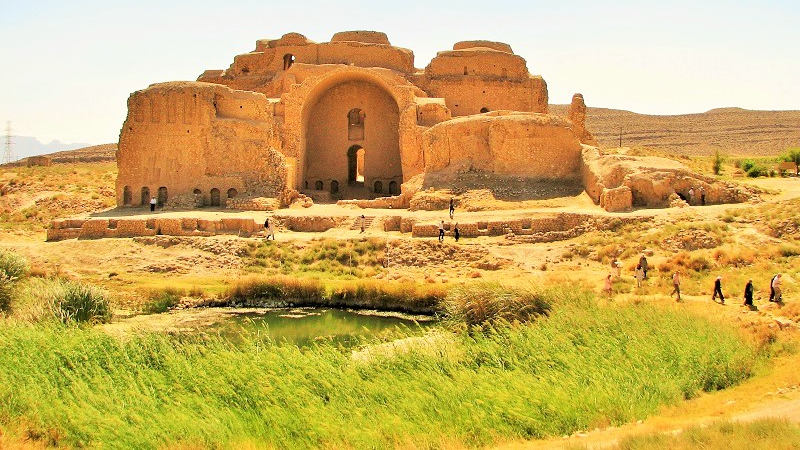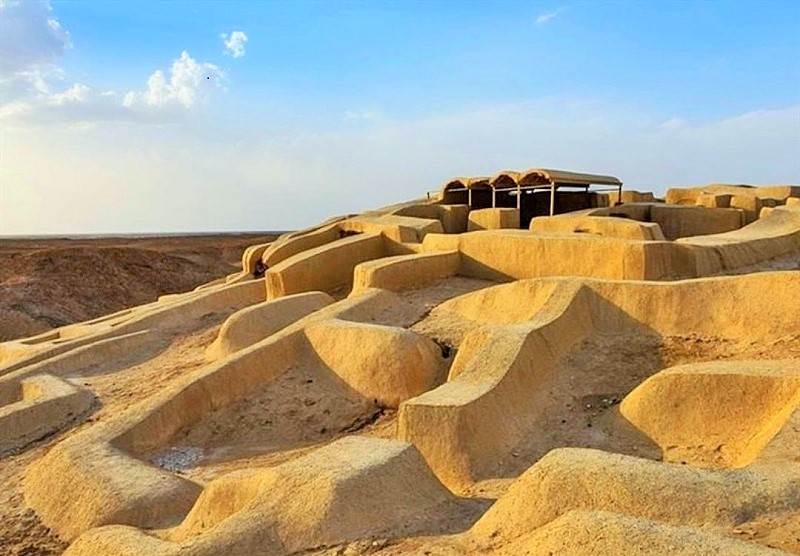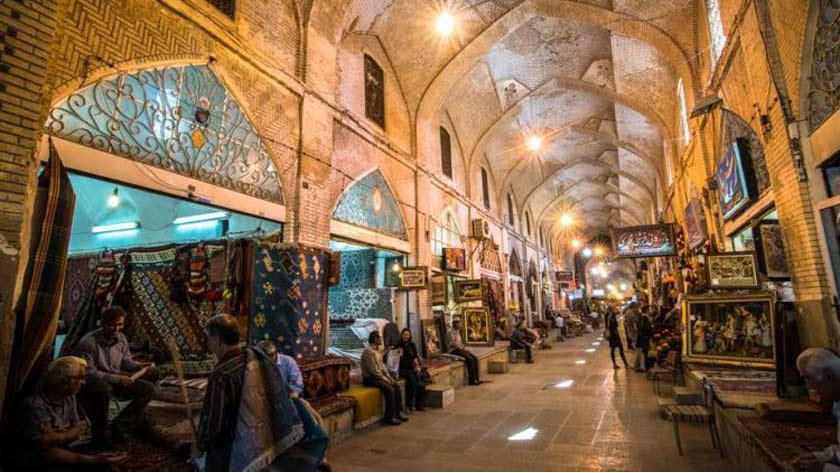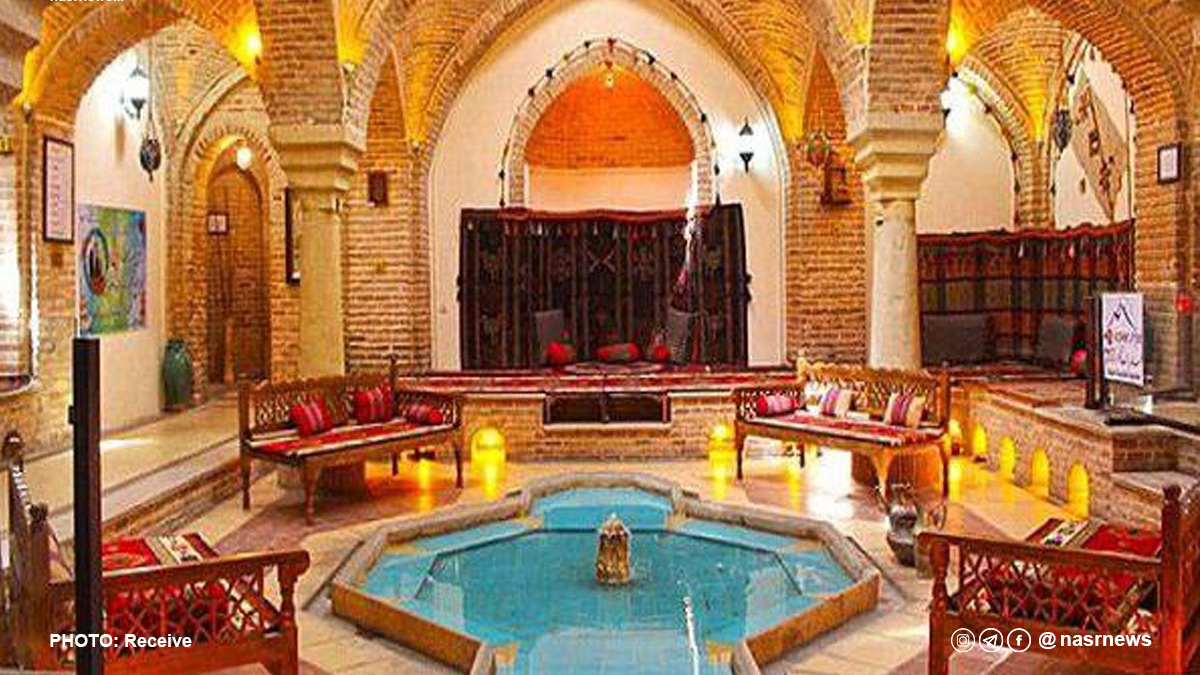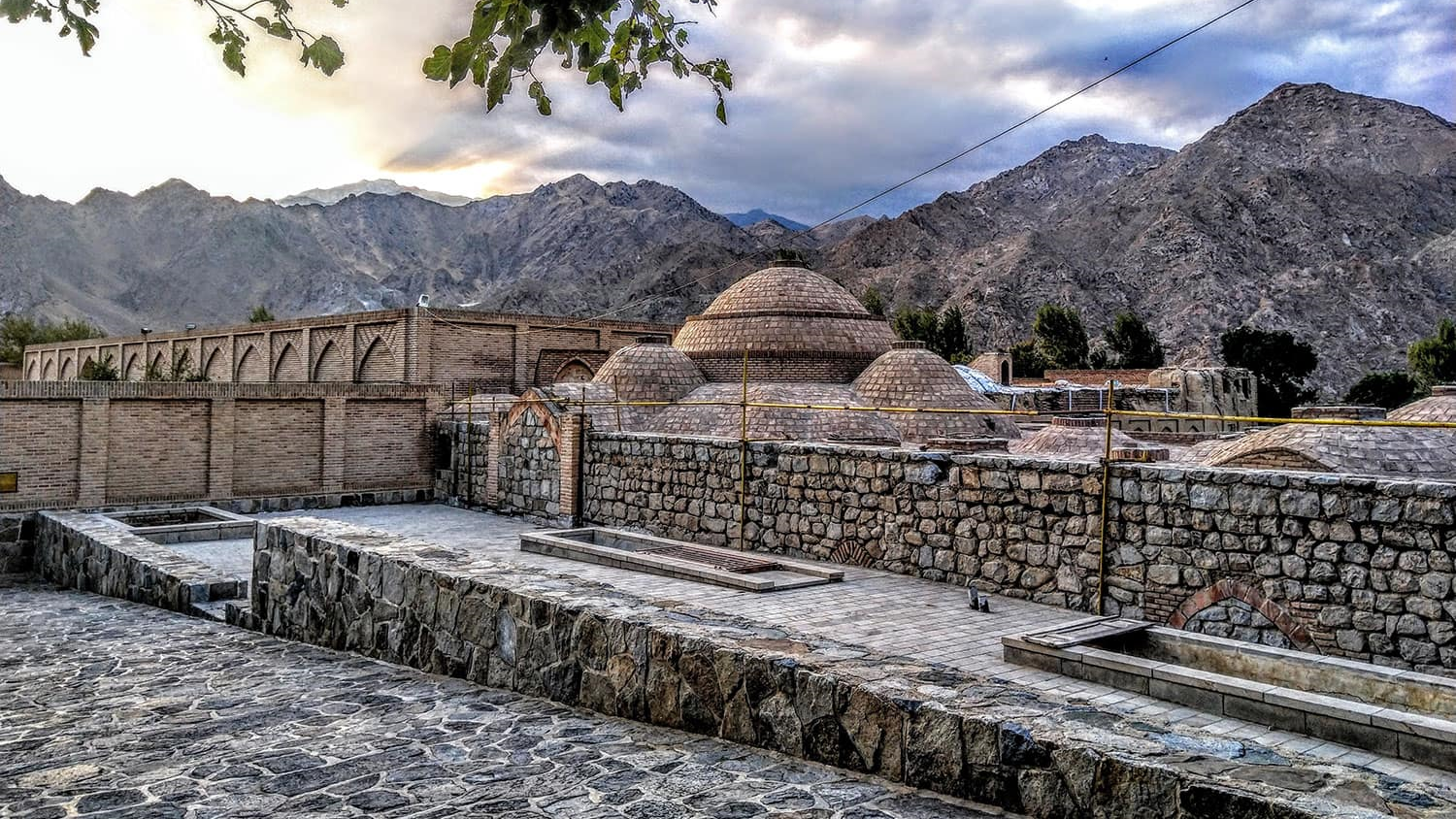
The ancient icehouses of Tabriz are a remarkable example of the ingenious Iranian technology for storing ice.
Ancient icehouses were structures built to store winter ice and make it available during the hot days of the year. These buildings had unique architecture and relied on natural features to regulate and control temperature. Constructing an icehouse was labor-intensive and costly; therefore, their number in each city was far fewer compared to other traditional structures, such as water reservoirs. Although icehouses were primarily used in the warmer regions of Iran, examples of them were also built in other parts of the country, such as Tabriz, which, despite its cold climate, had several of these structures. Today, some of the old icehouses of Tabriz still remain standing and can be visited as valuable historical and architectural landmarks.
Ice houses were usually built beside seasonal or permanent rivers, or they were equipped with a qanat-fed water channel so they could be filled with water during winter. As temperatures dropped, layers of ice would gradually form at the bottom of the structure. To minimize air exchange with the outside environment, ice houses typically included a storage chamber located below ground level. In addition, they had very high ceilings and a small entrance passage. Mudbrick was the primary construction material for traditional Iranian ice houses, although brick ice houses—similar to those common in Tabriz—were also built in various regions of Iran.
Old Ice Houses of TabrizIn the architecture of Tabriz’s old ice houses, vaulted (zarbī) ceilings and rectangular interior spaces were commonly used. The high ceilings helped keep the lower parts cooler. Most of these historic ice houses were built near the Mehrān-Chāy River so they could be filled with its water during winter. In this way, a stockpile of ice was created, and the special architectural design of the ice houses preserved it even through the hottest days of the year.
The use of brick helped reduce the internal temperature, while the stonework at the base increased the stability of the structure. Jean Chardin, who visited Iran during the Safavid era (16th century), provided explanations in his travelogue about the Iranian method of storing ice during the warm seasons.
Currently, four historic ice houses remain in Tabriz: the Qa’em-Maqam, Sadiqieh, Bilankouh, and Yushari (or Lalah-Beig) ice houses. The Sadiqieh Ice House was built during the Safavid era (16th century CE). The current height from the floor to the ceiling is 25 meters, but according to some experts, its original height likely reached 40 meters, and parts of the structure have collapsed over time. During the Safavid period, this ice house was used privately, but in the Qajar era (19th century), it became accessible to the public. It continued to be used until the mid-20th century, after which it gradually fell out of use with the spread of electric refrigerators.
Historic Ice Houses of Tabriz
The Qa’em-Maqam Ice House, considered by some experts to be the largest ice house in Iran, is located in the old Sheshgelan neighborhood of Tabriz. This neighborhood was historically an affluent area where the governor of Tabriz resided. The ice house covers an area of over 200 square meters and reaches a height of 11 meters. Evidence suggests that it was constructed during the governorship of Abbas Mirza (1799–1833 CE).
The Lalah-Lig Ice House was built during the Qajar era (19th century) and is situated in what is now central Tabriz. Its area also exceeds 200 square meters. The Bilankouh Ice House was established around the same period as the Lalah-Lig Ice House. Historically, a bathhouse and caravanserai existed alongside it, though no traces of these remain today.
The Sadeghiyeh Ice House was registered on Iran’s National Heritage List in 2006 (1385 H.S.). The Qa’em-Maqam Ice House was registered in 2005 (1384 H.S.), and the Bilankouh Ice House was added to the list in 2007 (1385 H.S.).
| Name | The ancient icehouses of Tabriz are a remarkable example of the ingenious Iranian technology for storing ice. |
| Country | Iran |
| State | East Azerbaijan |
| City | Tabriz |
| Type | Historical |
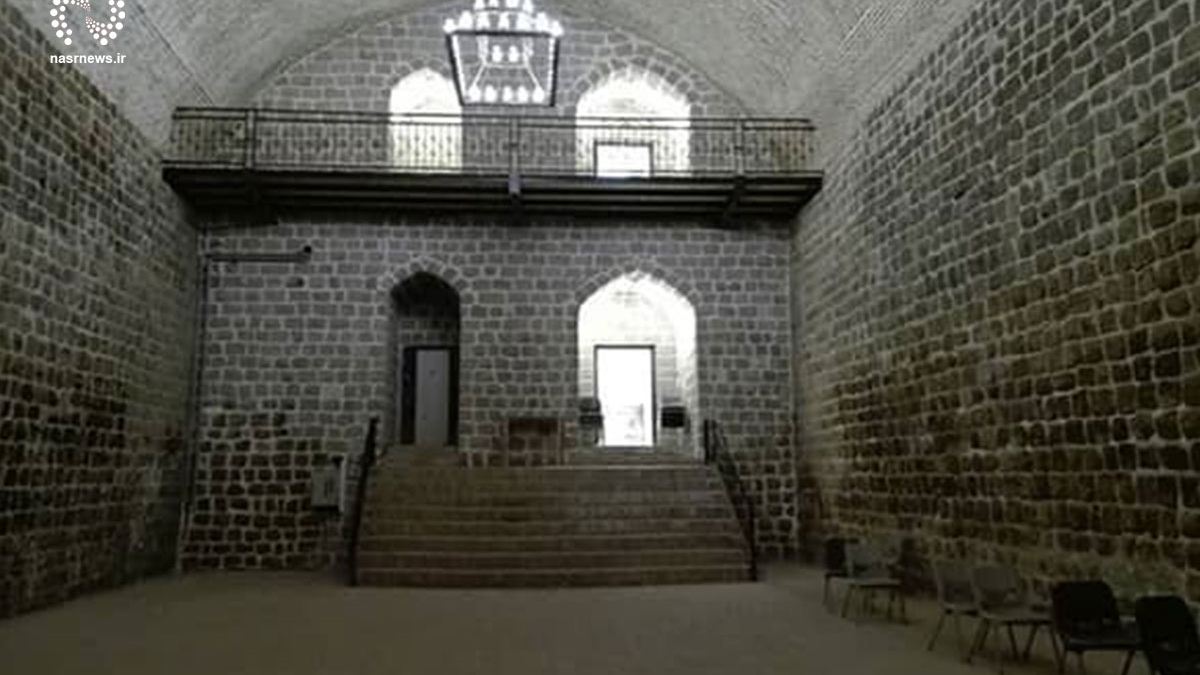
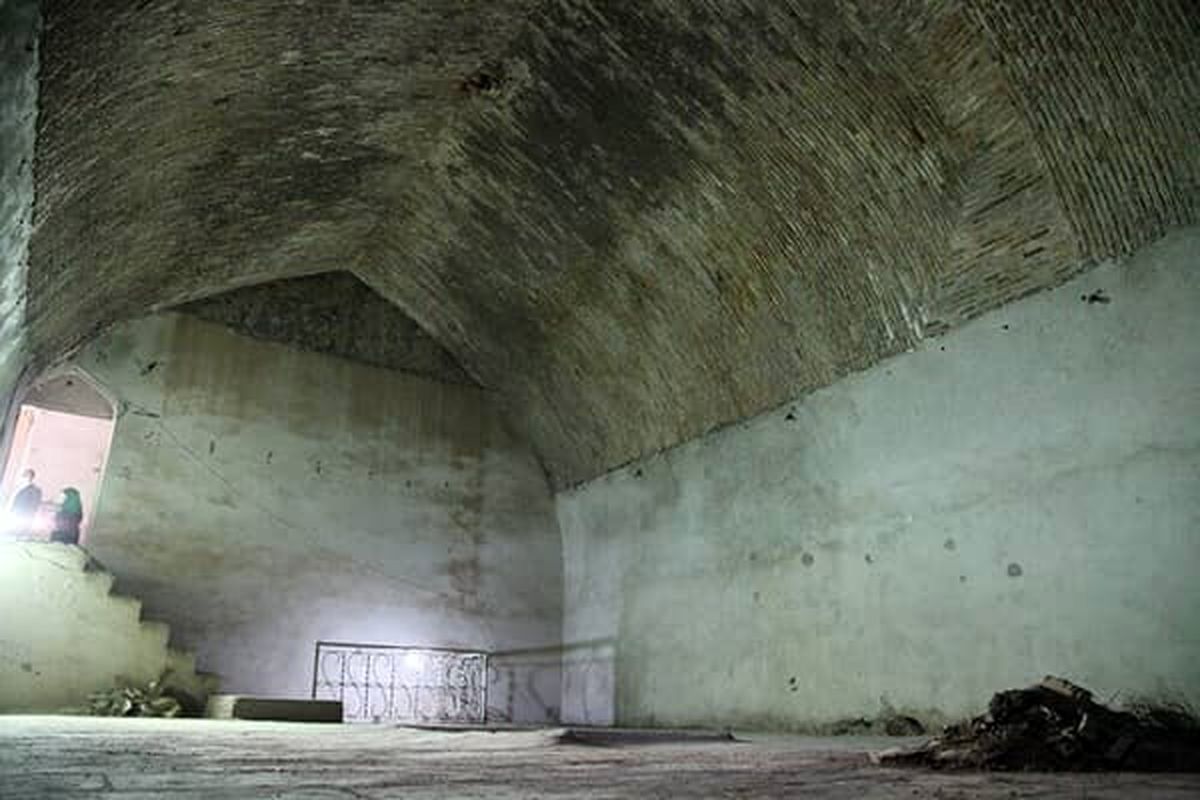
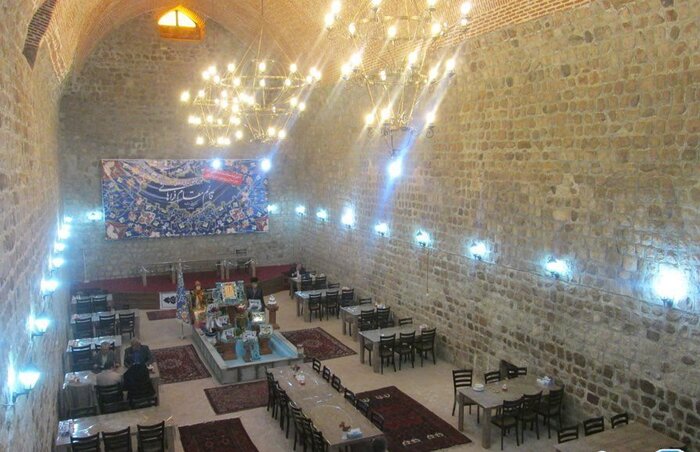

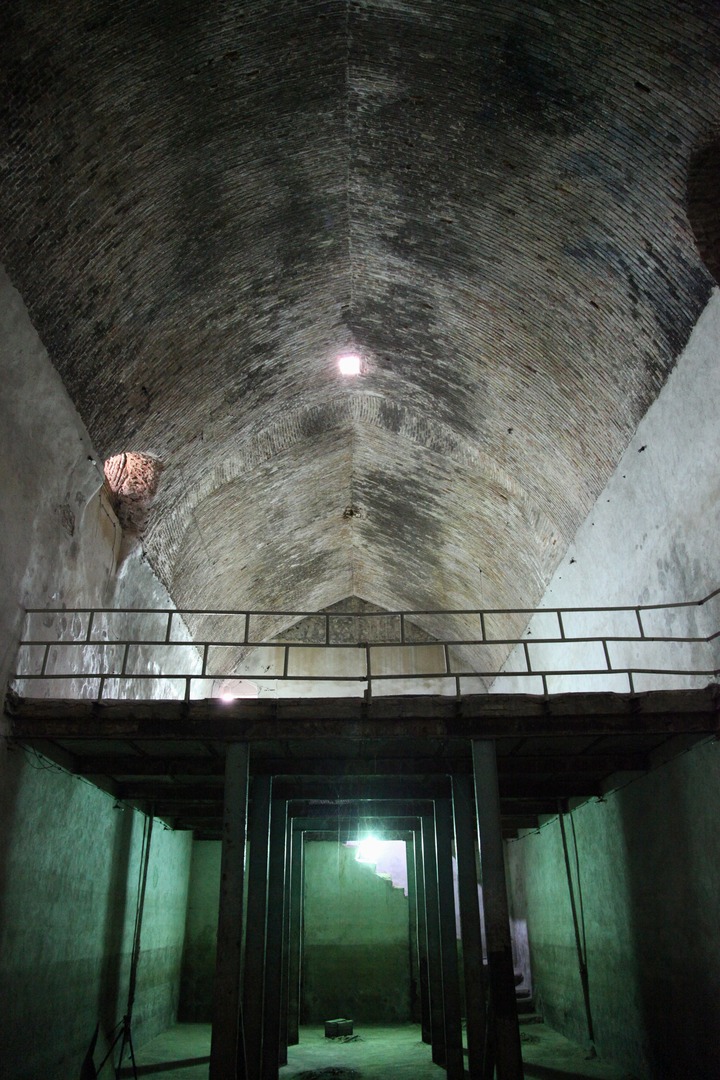





Choose blindless
Red blindless Green blindless Blue blindless Red hard to see Green hard to see Blue hard to see Monochrome Special MonochromeFont size change:
Change word spacing:
Change line height:
Change mouse type:

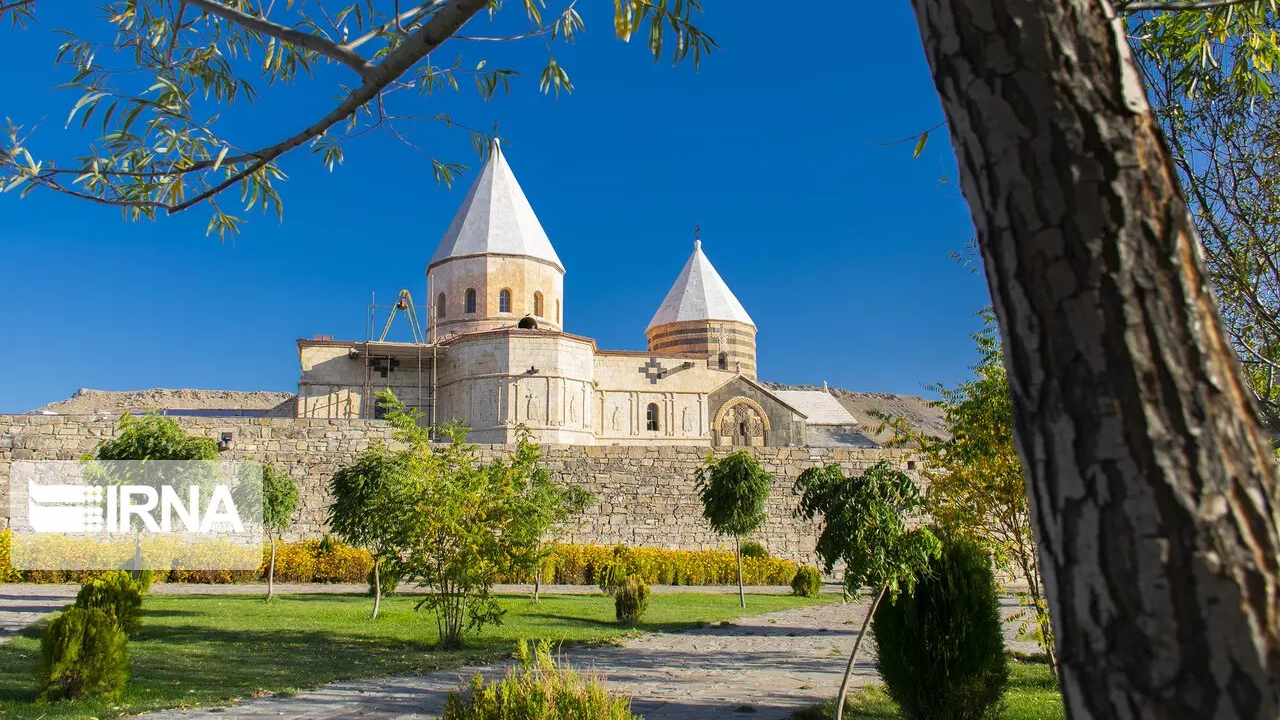
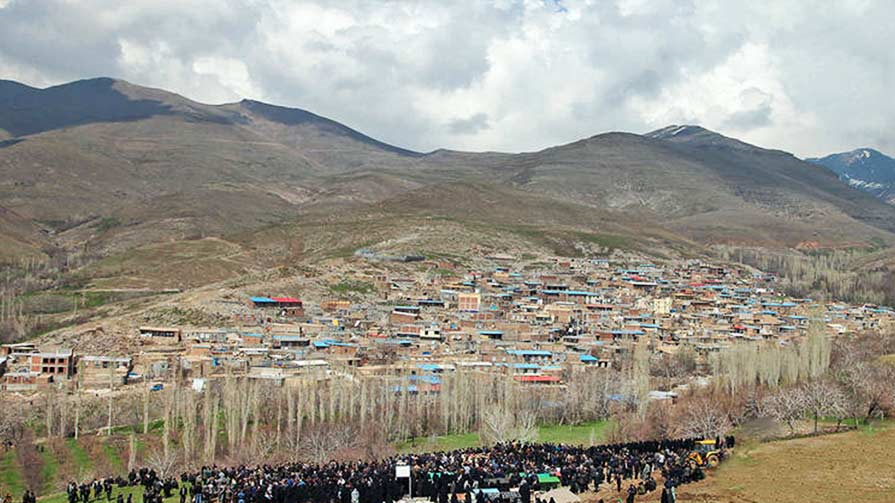

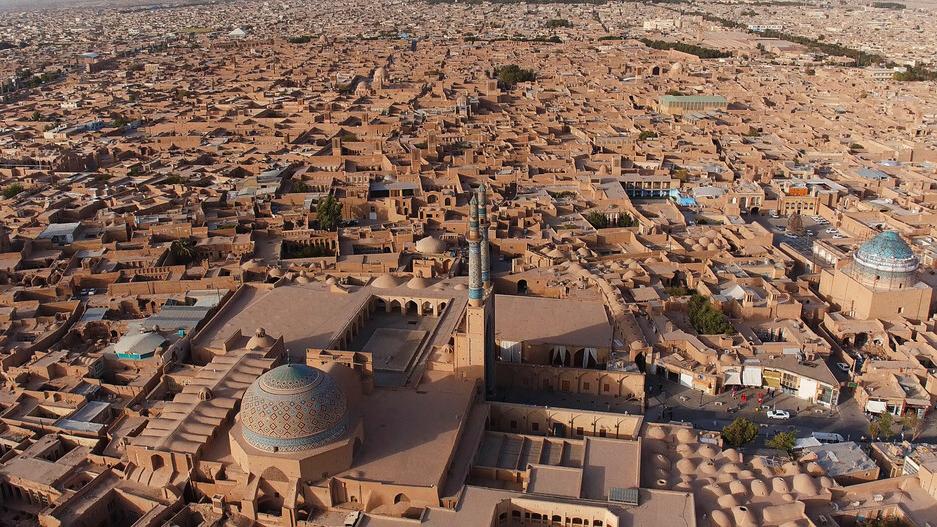

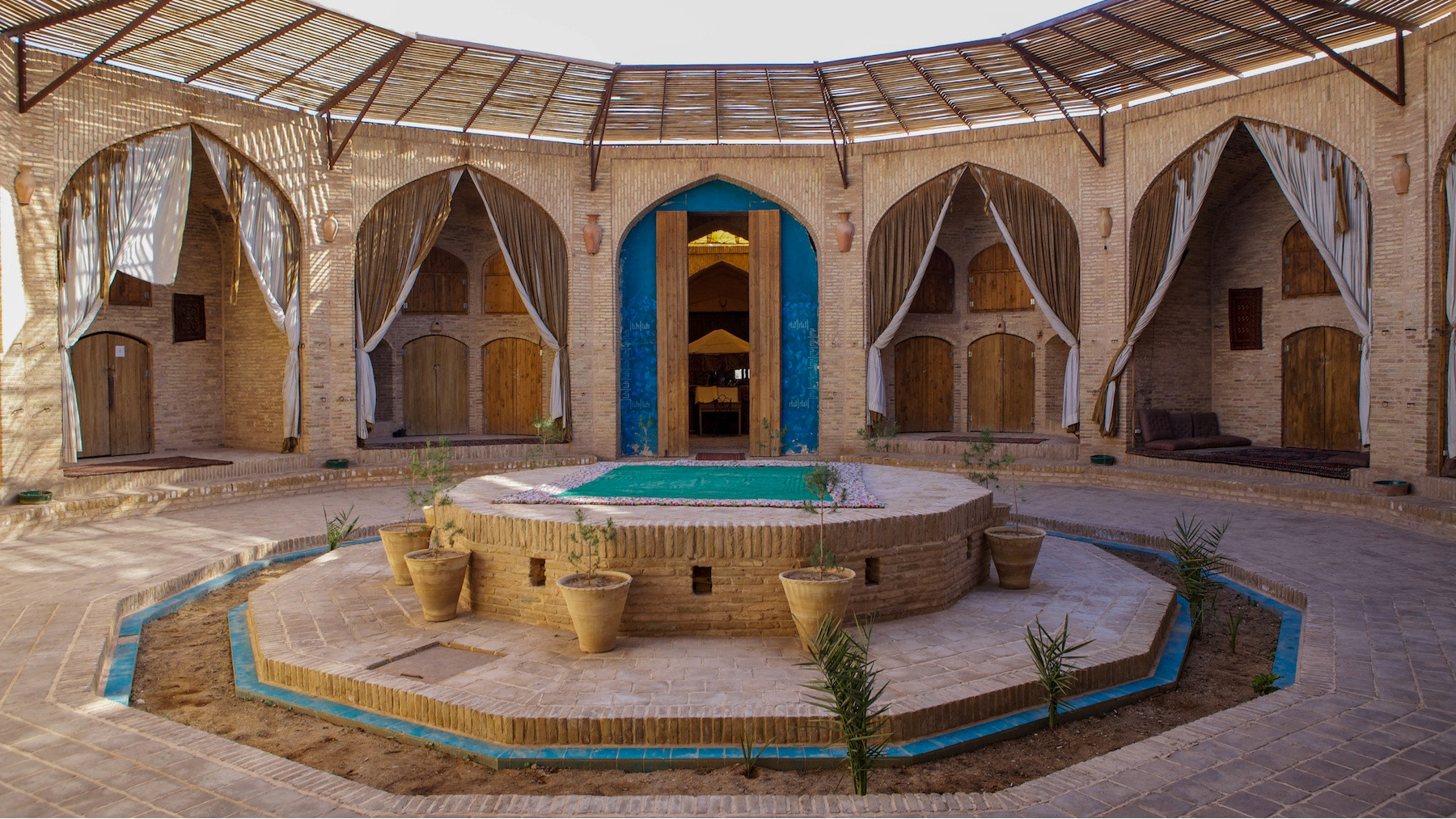

_crop_2.jpg)
